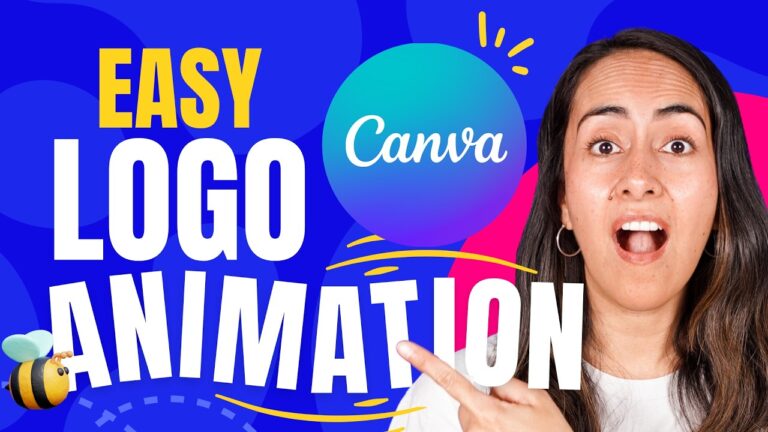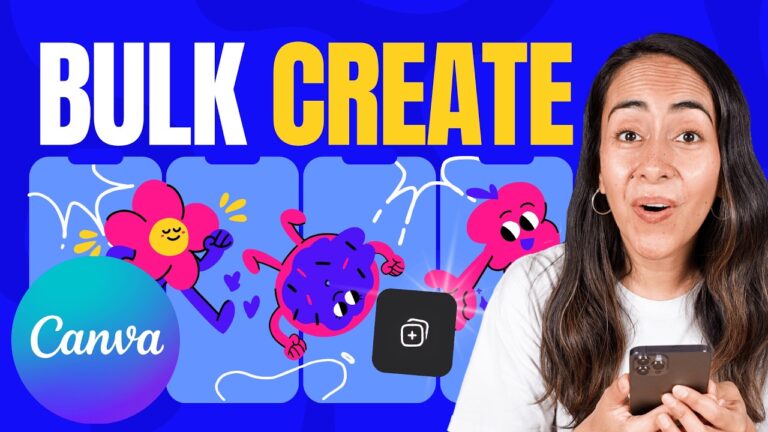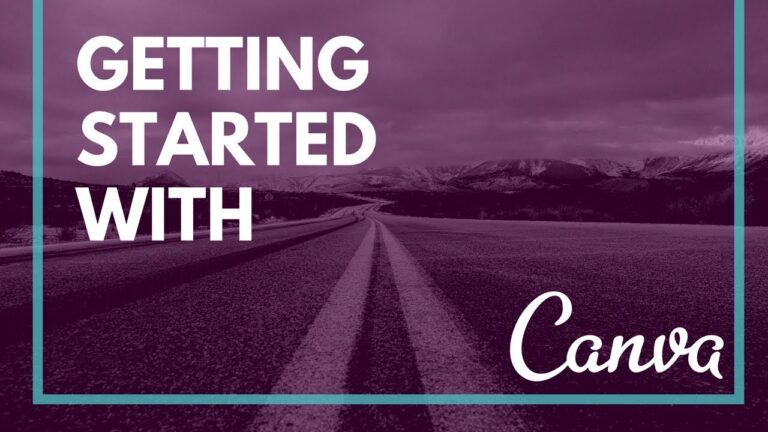Two plans: one for design, one for culture.
What I’ve found is that the DNA between both dynamics must be inextricable from one another. Creating with compassion in an environment fueled by compassion means we never lose sight of what it’s all about: people. Beyond functioning in this manner because “it’s the right thing to do,” quality of work, loyalty internally (team) and externally (users), and product innovation are all benefits to reap.
Earlier we talked through the concept of “simplicity” and its application to creation and environment. Now, let’s revisit a few other examples of healthy benchmarks from a creative culture as we’ve discussed in this book:
- Slowing down / pausing with intent
- Everyone has a seat at the table
- The New Day One
In taking a focused look at these facets, their correlation to HCD is readily apparent:
Culture: Slowing down / pausing with intent
Design: Discovery / observation
The Swedish concept of fika transcends a mere “coffee break.” It’s about slowing down, the act of pausing during a typical day and making time to have a dialogue with someone (though a good cup of coffee is a vital part). I ensure this time is not only a known quantity within my team’s creative culture, but that it’s protected and actively utilized.
Instead of getting a product manager’s Powerpoint wireframe in your inbox with a request to “make it look nice” or a client’s request to crank out a design for their approval by EOD, we must slow down to understand the people who will be interacting with our design (and the design’s potential impact on others, the environment and community in which it will be used, and so on). Rushing to get something done to tick an account manager’s client-appeasement box at the expense of the human experience is to sacrifice empathy, quality, and any prospect of innovation.
Culture: Everyone has a seat at the table
Design: Inclusion
As the very definition of cultural transparency, Nick Sarillo’s pizza parlors tack their full financial statements to a wall, daily, for all employees to see. Everyone’s hourly wage is listed on a nearby whiteboard, with the means to make more money articulated in tandem (training in more areas of business = increased hourly wage). Many managers have worked their way up in this manner, and offer training to other employees who wish to advance by taking on more responsibility. This is about collaboration yielding success to both the employee and the business, the sharing of information, and access for all; key dynamics of an inclusive culture.
Inclusion in the design process enables us, as creators, to recognize our own personal biases. By identifying the exclusion in our work, we humbly set aside our assumptions; connecting with people from diverse communities, building empathy, will expand our product’s reach (access). Via engaging humans throughout our design process, listening to them, and usability testing iteratively, objective solutions that yield innovation follow suit.
Culture: The New Day One
Design: Ethnography
The New Day One concept evolves an employee’s first day from formulaic and sterile into directly personal and custom. Via the “Inspiration” portion of the day and venturing away from the office, we gain insight into a new team member as an individual that transcends what folio work can yield. What physical aspects of their selected location have impacted who they are? How did it inspire their way of creating, or approaching problems? Understanding the impact of spatial dynamics on an individual is vital toward an individualistic, yet ultimately holistic, view.
Ethnographic research provides an environmental context to human interaction that a video-conference interview could never yield. Through direct observation, ethnography is the qualitative study of human beings in their native environment. Is the individual sitting in a high-traffic area in an office, causing frequent distraction from their work? Are they a field worker primarily utilizing a mobile device in direct sunlight, yielding paramountcolor contrast needs? By making research truly human, we gain an understanding of how those we observe see the world and how they ultimately engage with it.
For the Greater Good
Greater Good Studio (GGS) is a social impact-focused human- centered design firm co-founded by Sara Cantor Aye and George Aye. Their business is located within the Logan Share, a co- working space they also founded in Chicago’s Logan Square neighborhood.
I reached out to the Studio to ask if I could stop by their space and observe a “morning in the life” view of their process: culture and design, organically, as both unfolded. Without hesitation, Sara (a former Northwestern University instructor) extended me an offer to join the team for observation. After signing a non- disclosure agreement, we agreed on a date for my visit.
When I arrived on a Monday morning, George (formerly of IDEO) greeted me with a cup of coffee and walked me up the stairs into the naturally well-lit Logan Share space. I noticed the open seating in the co-working section was already nearly full, as he gave me a tour of the “configuration by human need and intent”-based layout and active-project areas. On long single sheets of cardboard suspended by custom-built fasteners, entire lifecycles of project- centric human-centered design artifacts were on display. Once a project is deployed, George explained, the cardboard is detached and saved for forthcoming iteration, with fresh sheets re-fastened to form the partitions of a new project space thereafter.
The six core steps of the Studio’s HCD process manifest themselves in the following way:
- Framing
Defining questions to answer and people to engage - Research
Learning from people about their needs and values - Synthesis
Finding patterns of behavior and areas of opportunity - Concepting
Creating a high volume of new ideas - Prototyping
Making tangible mock-ups and gathering feedback - Piloting
Testing solutions in real time with real people
As a team, GGS functions via a working method called ROWE (Results Only Work Environment), a concept leveraged from Cali Ressler and Jody Thompson’s book Why Work Sucks and How to Fix It: The Results-Only Revolution. Taken from an article on the Studio’s blog, they describe the practice within GGS like this:
“The basic principle behind ROWE is that staff doesn’t need to be supervised, when given the tools, clear expectations, and deadlines people will not only do their work, but do it better than if they were trying to fit into a mold. Within GGS, this practice is exercised by very diligent calendar management, clear deadlines, expectations on deliverables, and Cookie Rewards (little treats we give each other if we have to move something on the calendar).”
Once a month the entire team pauses for a five-hour, non-client project block of time called “internal day.” This time is reserved for studio-centric things: team members sharing learnings from conferences they’ve attended, how to improve internal practices, past project debriefs, etc. It’s the act of pausing with intent, in full effect.
Sara arrived a few minutes into my tour of the space, and the GGS team’s “BD charrette” was the first employee gathering (remote and in-person) of the morning. “BD” stands for “business development,” and in a cozy seating area, everyone had a seat at the table in all senses of the phrase. Sara and George ran through the status of a current request for proposal, then each team member had the opportunity to voice their opinion about whether the RFP should be pursued based on how it aligned with GGS’s (and their employees’) personal, values. Everyone was heard; every voice was respected.
The dialogue eventually shifted to another potential new client, this time with GGS at the presentation stage. Again, everyone at the table gave their feedback on Sara and George’s presentation plan of attack and, again, every team member’s voice carried equal value and weight. The studio-wide inclusion in the business owners’ decision making was genuine, effortless, and natural.
Forty-five minutes later, the group made a physical transition to a few nearby couches; less than a three-foot walk, as I eyed it. I inquired about the very minor spatial change for this next leg of the meeting and was told, “There’s a difference in purpose, so we transition to a different space.” Each member of the team then took their turn describing their weekend in three words:
“Sunshine, beach, baking.”
I got my turn as well. Changing the energy on those couches, from new business to being focused on the individual, made for a palpable climate change. In a few words everyone had a sense of what their teammates got up to over the weekend, eliciting smiles and planting the seeds for future dialogues throughout the pauses- with-intent over the rest of the day.
Next: “validations.” In this final portion of the meeting (pre- project status), anyone who wanted to articulate their appreciation for a team member over the previous week did so. One person recognized their co-worker for their selfless collaboration, taking time from their own project work to help theirs get client-ready on time. Similar-but-unique “thanks” emerged from varied people; no one was required to speak up, but everyone did.
After project updates I sat with Sara for a one-on-one to chat over coffee. I asked her about the synergies between their HCD process and how she interacts with her team in the office:
“I think where it’s actually become more intentional and obvious has been with our staff who are not trained designers. Operations folks, or our community manager, etc. I’ve had to say, ‘I want you to be a designer about this’ (whatever ‘this’ is). ‘We are your users, you’re trying to get us to do our timesheets, or clean up the kitchen, etc. Observe. Talk to people. Figure out our motivations. Summarize everything you’ve learned, and then have ideas.’
As a designer, I am constantly designing at every level. I’m designing deliverables in many cases for clients, or coaching our teams to design deliverables. I’m also designing process by which we work by writing proposals, scoping, etc. And at the highest level, I’m designing our company. I’m designing our culture based on our customs and traditions and policies (the hard and the soft) every day. My users are not hypothetical, they’re actual people.”
When All is Not Good
Sara went on to cite how her previous work experience shaped the leader she is today:
“I think a lot of my design choices are based in (unhealthy dynamics) with prior employers. Where decisions were not made transparently, everything financial was completely opaque. Lots of lack of trust with other employees. It’s been so critical that I’ve had bad experiences so I can now clearly say: let’s not do that.”
The tactics, mindsets, organizational shifts, and operational flexibility discussed in this book are predicated upon a simple truth: a company presently supports and operates as a creative culture, or it’s genuinely willing to evolve to become one. Along the way, I’ve been primarily speaking to those who are in a position to help implement change; even at a small scale. But what about when you’re not in a position to be heard, or the position to help facilitate change?
Reality isn’t always unicorns and rainbows. Bad experiences can impact us all. For example, the fabric of a company’s creative culture can become irreparably frayed thanks to management changes, acquisition, or it can lack sustainability. Whether these circumstances reveal themselves over years or overnight, your passion and evolution should never be their casualty.
Sometimes, creating within an environment that’s the best fit for your growth and passions means finding a new opportunity.



